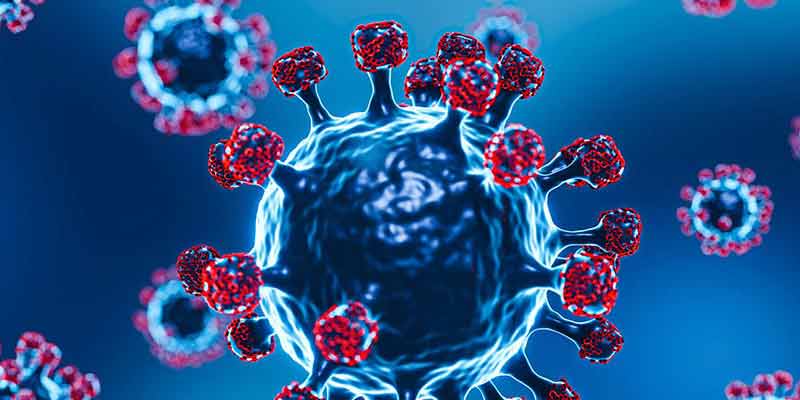So what is XE and where is it spreading?
XE is a recombination of BA.1 and BA.2. There are many other BA.1 and BA.2
recombinants, including XQ in the UK, XG from Denmark, XJ from Finland and XK from
Belgium.recombinant"coronavirus variant has emerged, dubbed "Omicron XE", which is
the result of two Omicron strains merging together in a single host and then going on to
infect others.
WHAT IS WHO'S OPINION ON THIS NEW VARIANT?
What has been the opinion of WHO?
In its latest update, the World Health Organization (WHO) reported that more than 600
sequences of the XE recombinant have been notified and confirmed as of January 19.
According to early estimates, the community growth rate advantage is 10% over BA.2.
Further investigation is needed to confirm this.
XE belongs to the Omicron variant until significant differences in transmission
patterns and disease characteristics, including severity, can be determined,
according to the Geneva-based WHO.
The BA.2 sub variation is 10 per cent more contagious than the new variant, in WHO’s
opinion. There were, however, several differences in the disease transmission and
characteristics, including severity, noted by the health agency. According to the WHO,
COVID-19 strain XE could be more spreadable than any other strain. While XE still
comprises a small proportion of total sequenced cases, it has shown evidence of
community transmission, at least within England where it was first detected in mid-
January. There have now been just over 1,100 cases recorded.
It has also been identified in India, China and Thailand. Initially, the growth rate for XE
appeared to not be significantly different from BA.2, but more recent data from the UK
suggests it has a growth rate of around 10 to 20% above that of BA.2.Omicron has
since continued to evolve to have multiple different lineages, or genetically related
subvariants. This includes the original Omicron BA.1 (B.1.1.529) and also BA.2 and
BA.3.
BA.2 is more infectious than BA.1 and has now taken over or outcompeted BA.1 to
become the new dominant form of the SARS-CoV-2 virus worldwide, with the WHO
officially announcing this to be the case on March 22 2022.
A bit about Omicron and its variants
Omicron is a variant of the SARS-CoV-2 virus that was first discovered in Botswana on
November 11, 2021, and designated a variant of concern by the WHO on November 26.
Since this time, it has been transmitted worldwide and replaced Delta to become the
dominant variant.
What is a recombinant?
What Are Recombinant Viruses?
Several viruses can swap parts of their genetic makeup to create recombinant viruses.
In a hybrid virus, characteristics from each strain combine.
Recombination is to be expected, but it’s not very common. Coronaviruses and other
viruses go through this natural process. According to an unpublished analysis, five
per cent of COVID-19 cases in the United States and the United Kingdom were
recombinant.
SYMPTOMS
COVID 19 XE Variant Symptoms
The severity of COVID-19 symptoms will vary from person to person depending on their
vaccination status and immunity acquired from prior infections. It is pretty standard for
symptoms to change for some people; for others, they can be rather severe.
There are some symptoms to watch out for, such as fever, sore throat, scratchy throat,
cough and cold, skin irritations and discolourations, gastrointestinal distress, respiratory
distress, etc. Severe disease can cause severe heart problems, palpitations, and nerve
damage.
Treatment
COVID 19 XE Variant Treatment
In a statement, WHO said its expert team concluded that vaccination with the COVID
the vaccine could significantly reduce the risk of severe disease and death due to the
spread of the omicron variant.
It is also helpful to continue wearing the mask and to observe social distancing norms.
5
Do not attend events and places that are overcrowded.
A booster dose can increase your protection if you are at risk of severe disease or
illness. As a result, the booster dose of COVID is recommended after the vaccination.
MS. ARUSHI GUSAIN
Written by
Dr. Nipun Choudhary
Director IPHI

